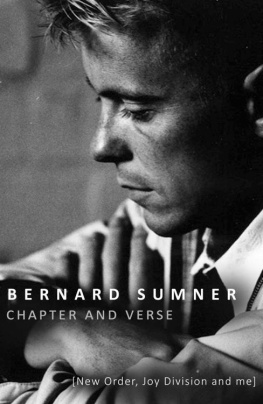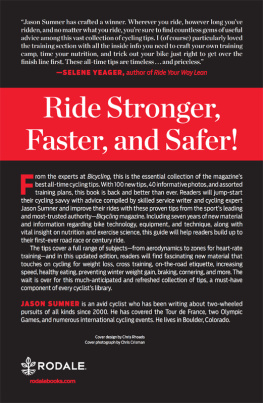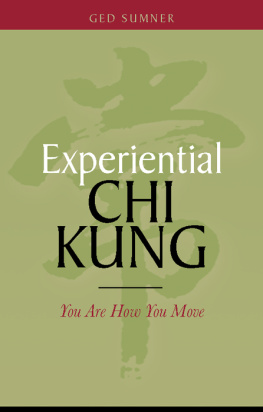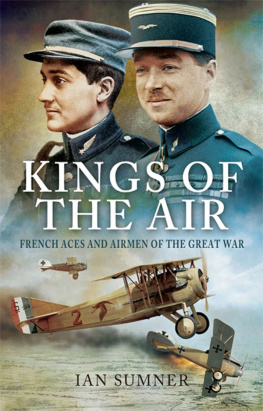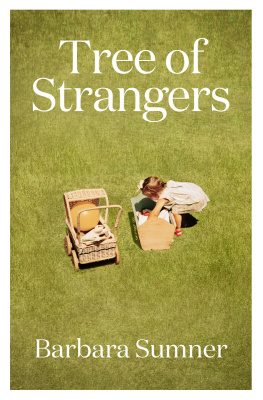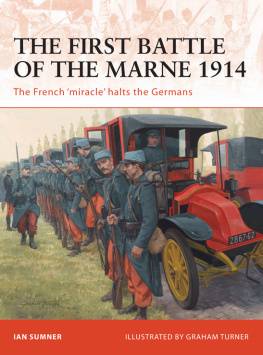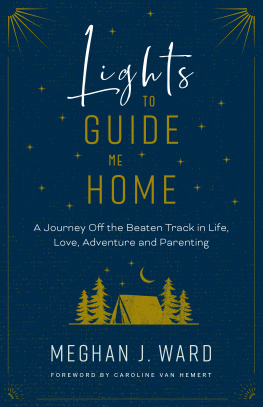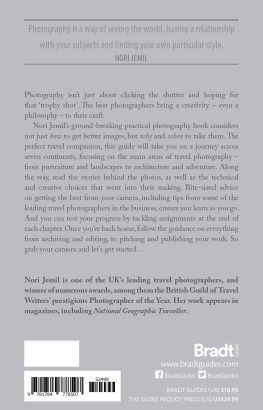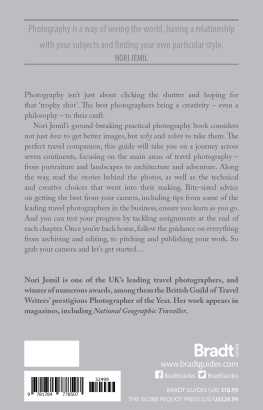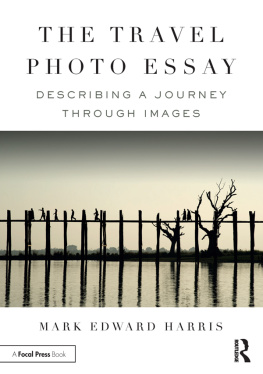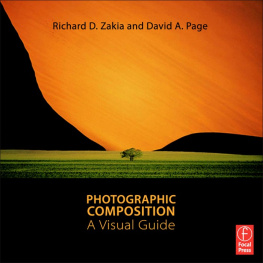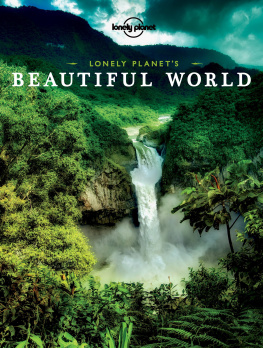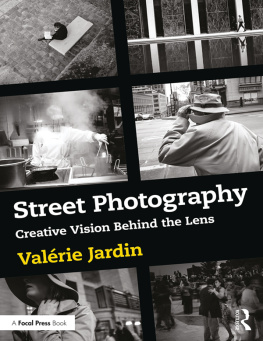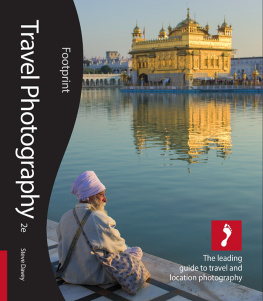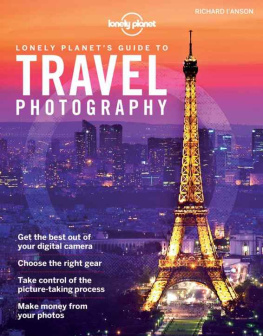Sealed inside an airliner on the runway at Heathrow Airport I feel drained and on the edge of tears, for despite my desire to go I am leaving loved ones behind and the many partings of the previous days weigh heavily on me. I know excitement and fear, curiosity and trepidation. The journey, existing as it does only in my thoughts, seems huge; colossal yet fragile. I think it might be as good a time as any to start my diary, but the empty page defies me, my mind feels disconnected from my hands, unfocused and out of joint as if it contains something to which I cannot put a name. My head is filled with words but I just cant seem to force them out through the tiny opening in the nib of my pen.
The last weeks have been ones of frantic activity, getting all the things that I need. It troubles me that I dont really have a good reason for my journey other than idle curiosity and the pursuit of good photographs.
A photograph is a little like a map, a simple two-dimensional representation of a complex three-dimensional subject. The impression that it gives is at once accurate and incomplete. In contrast to the painstaking work of the painter, photography is a tool for the age of the short attention span. It pursues the moment with apparent veracity but without the subtleties or depth of paint and canvas. Perhaps it is true that the camera never lies, but the stories that it tells are endlessly reduced like the damned lies of statistics and, like statistics, or reportage, the photograph tells a selective truth that is best interpreted with care. Photography is more poetry than prose and if the truth of writing is sometimes between the lines, then the truth of photography is sometimes outside the frame.
At the time I didnt understand that. I knew only that I wanted to be a very, very good photographer (is it possible that all any of us really wants is to be very, very good at something?) and though I hardly dared dream that I could make a name for myself as one, I was determined to try. On the basis of my track record and my folio, there was probably not a single editor who would have risked giving me the simplest of photographic tasks, but if all our conflicts are internal (and I believe that they are) then the only tasks worth doing are the ones we set ourselves.
I had begun planning what I would take with me six months before I actually left. Although I had previously used a Canon camera I took Nikon gear with me. Nikons had a reputation for being tough and I had a habit of being careless and dropping things. I decided to pare down what I needed to an absolute minimum but I still took two F90 camera bodies, a standard 50mm lens, a telephoto zoom and a wide-angle lens. I also took a pair of Nikon Speedlights (camera flashes), a dozen photographic lens filters and crammed every nook of my camera bag with as many rolls of slide film as I could fit in it.

Despite all the time I have had to prepare, the day of departure comes suddenly and with it the realisation of all that I am leaving behind. In the aircraft, taxiing, I feel sure that my face betrays me, but to my left, a businessman, in a suit that doesnt really fit him, leers at the flight attendants and nudges me in conspiracy,
Ere, I like the dolly-birds they ave on these; smush better n those old bags on Brish Airways innit?
The dolly-birds have a kind of brittle prettiness, their lips and nails are finished in hard, bright colours, their tailored uniforms sleek and sheer. The woman to my right doesnt seem to notice them. She is going to Los Angeles to be with her guru. She is tiny, frail, almost bird-like. Drawing her knees up under her chin, she says: Thats all I do really, I just follow my guru around. Where he goes, I go. Her faded distant expression; shapeless clothes and frizzy hair seem to give her an air of resignation. Neither of them asks where I am going.
I change planes in Los Angeles and settle into a stubby, long range jumbo jet for the night flight to Auckland. It can fly very far but to do so has to fly much higher than ordinary jets and as the sun rises in a mass of scattered cloud, I fancy that I can just perceive a faint curve to the horizon.
In the seats with me are an old lady from Lancashire on her way to visit her son who has emigrated and, sitting by the window, a girl who has been living in New York and is returning home after two years. As we fall beneath the clouds and the folds of the green, inviting hills of New Zealand spread out below us in a sudden burst of sunshine, she melts into sobs.
After the enormous airports of Heathrow and Los Angeles, Aucklands seems tiny, but as I step outside the heat engulfs me and I pause for a moment, close my eyes and draw a long breath; it is like a benediction, a sudden welcome reminder of Africa. In less than forty-eight hours I have travelled across half the world, from late autumn to high summer, and New Zealands warmth feels like a homecoming.

Auckland is neat and orderly, perhaps even staid. The harbour is dotted with yachts and pleasure cruisers and it seems affluent, but John Pierce, my guide, is quick to correct this impression. John meets me at the airport, a friend of a friend, he and his wife, Faye, have offered to put me up for my first few days in their country. I am surprised by this, but I am to find that, wherever I go in New Zealand, such generosity is commonplace, and I am to discover in New Zealand and Australia more genuine, unselfish kindness to a stranger than anywhere else that I am to travel.
Auckland is a little like a market town in England, transplanted to the end of the earth. John drives me around, happy to answer my questions, but always quick to disparage Aucklands good points and draw my attention to the bad. I have only to say that I like a view, or find a museum interesting, and he will tell me how much better the views are elsewhere and how much more interesting the museums. I couldnt agree less. Although I have hardly slept for two days I am wide awake, almost euphoric; I feel as if my life has at last begun, I am alive to every sound, colour and smell. Bad sculpture and road signs, phone booths and hats, the front of a department store, the back of a car, nameless objects rusting in an overgrown yard, all are somehow fascinating. Rows of wooden houses and rough, un-milled telegraph poles follow dusty roads into the distance. A skinny, grinning man, stripped to the waist, guides a bicycle along the pavement using only his knees, beneath each arm a bundle of vinyl record albums; the bike wobbles dangerously but his smile does not falter. Children running barefoot on the hot tarmac, a woman in a print dress calling to them from her veranda, the screen door banging behind her, all wonders to be gaped at with a mixture of longing, astonishment and awe.
Despite these marvels, I cannot choose anything to shoot. A dozen times I put the camera to my eye to frame a picture, only to let it fall back again with the shutter unreleased. I keep finding fault with the composition, lighting or anticipated contrast. I am finding the switch from Canon to Nikon disconcerting too; the lenses attach to the camera bodies with an anti-clockwise rotation the opposite way from Canon, the controls are different and the components are heavier. These cameras are going to be my companions but there had been no time to really get to know them before I left. I had told myself I would learn as I went and although their unfamiliarity leaves me feeling clumsy and inept, when I finally find a subject to frame (sunlight shining through the unfinished roof of the new cathedral), the crisp mechanical sound of the shutter cycle is oddly comforting and after a while even the weight seems just right.
Next page

